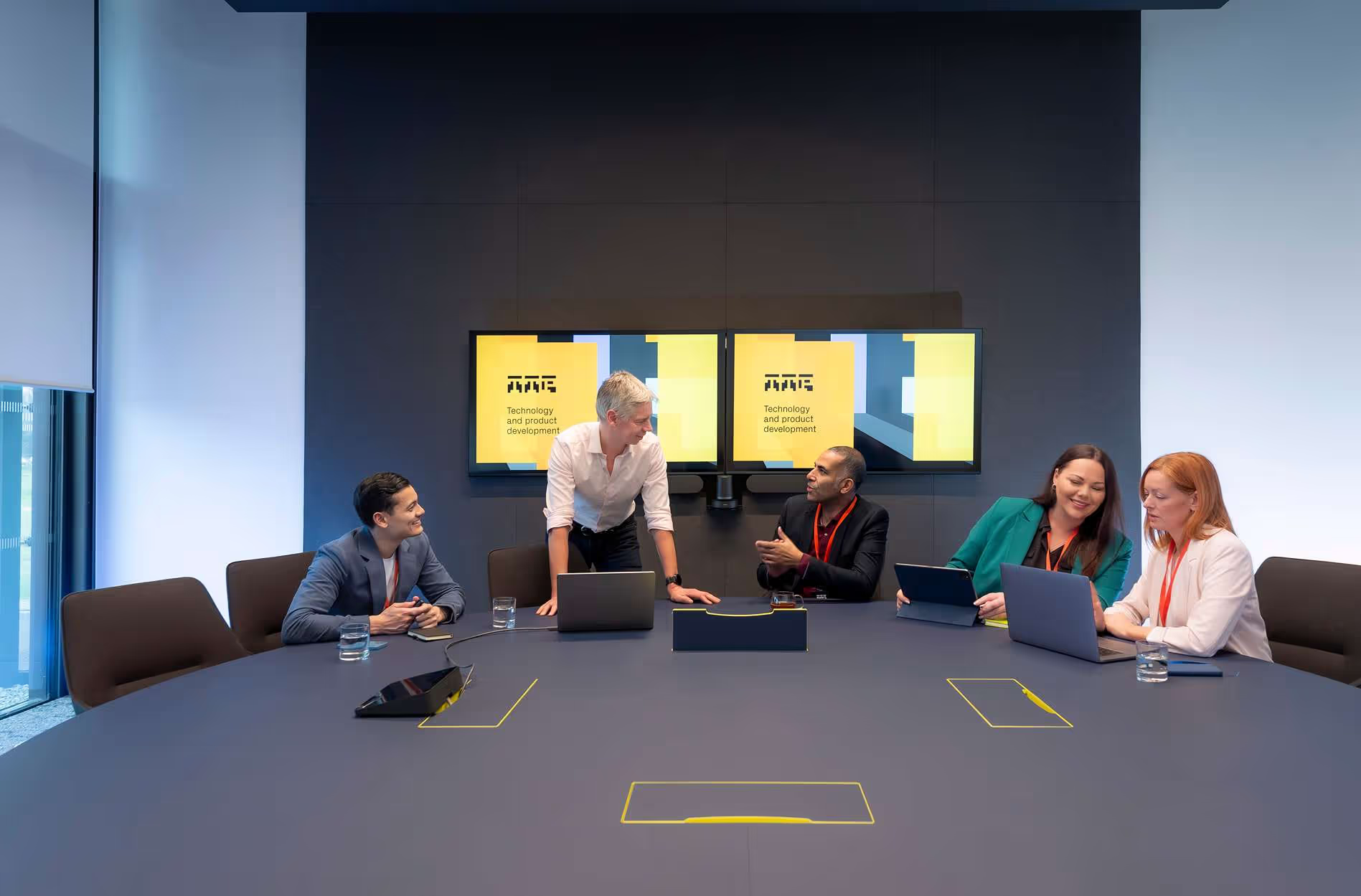


We can help you accelerate innovation and unlock your competitive advantage in a changing world.
As an independent technology and product development consultancy, we’ve spent nearly 40 years helping our clients solve complex challenges and deliver commercially grounded solutions.
Because having the right team on your side makes all the difference. Let’s talk.

How can you navigate the technical and regulatory complexities of integrating biosensors into medical devices? Miles Grist explains how having a multidisciplinary approach leads to faster development and reduced risk.


TTP’s scientific team ‘went the extra mile’ time and again by asking questions, identifying and pursuing pathways, and presenting complete solutions to unforeseen findings.
Dr Paul Goode
Glucotrack, USA


By leveraging TTP’s expertise, deeply embedded into a collaborative team alongside our tactical communications experts and seasoned military specialists, we have been able to deliver a product which offers a step-change in capability for end users within an extremely rapid time frame.
Simon Davies
Chief Executive at Spectra Group (UK) Ltd


ecoflex combines central lab quality quantisation with the affordability of lateral flow - all in a sustainable, paper-pulp design. Powered by the highly flexible MicroFlex fluidic technology, ecoflex simplifies the path of taking complex immunoassays out of the lab to the point-of-care, helping bring your diagnostics closer to patients, faster
Ben Metcalf
Project leader at TTP
We deliver state-of-the-art solutions for companies across a broad range of sectors, explore our areas of focus below.

Lorem ipsum dolor sit amet, consectetur adipiscing elit, sed do eiusmod tempor incididunt ut labore et dolore magna aliqua. Ut enim ad minim veniam, quis nostrud exercitation ullamco laboris nisi ut aliquip ex ea commodo consequat. Duis aute irure dolor in reprehenderit in voluptate velit esse cillum dolore eu fugiat nulla pariatur.

Lorem ipsum dolor sit amet, consectetur adipiscing elit, sed do eiusmod tempor incididunt ut labore et dolore magna aliqua. Ut enim ad minim veniam, quis nostrud exercitation ullamco laboris nisi ut aliquip ex ea commodo consequat. Duis aute irure dolor in reprehenderit in voluptate velit esse cillum dolore eu fugiat nulla pariatur.

Lorem ipsum dolor sit amet, consectetur adipiscing elit, sed do eiusmod tempor incididunt ut labore et dolore magna aliqua. Ut enim ad minim veniam, quis nostrud exercitation ullamco laboris nisi ut aliquip ex ea commodo consequat. Duis aute irure dolor in reprehenderit in voluptate velit esse cillum dolore eu fugiat nulla pariatur.

Lorem ipsum dolor sit amet, consectetur adipiscing elit, sed do eiusmod tempor incididunt ut labore et dolore magna aliqua. Ut enim ad minim veniam, quis nostrud exercitation ullamco laboris nisi ut aliquip ex ea commodo consequat. Duis aute irure dolor in reprehenderit in voluptate velit esse cillum dolore eu fugiat nulla pariatur.

Lorem ipsum dolor sit amet, consectetur adipiscing elit, sed do eiusmod tempor incididunt ut labore et dolore magna aliqua. Ut enim ad minim veniam, quis nostrud exercitation ullamco laboris nisi ut aliquip ex ea commodo consequat. Duis aute irure dolor in reprehenderit in voluptate velit esse cillum dolore eu fugiat nulla pariatur.

Lorem ipsum dolor sit amet, consectetur adipiscing elit, sed do eiusmod tempor incididunt ut labore et dolore magna aliqua. Ut enim ad minim veniam, quis nostrud exercitation ullamco laboris nisi ut aliquip ex ea commodo consequat. Duis aute irure dolor in reprehenderit in voluptate velit esse cillum dolore eu fugiat nulla pariatur.
You’ll learn from the specialists around you. Because our project teams are made up of scientists and engineers from different disciplines, you’ll never stop learning from those around you (and they’ll keep learning from you).
And within our collaborative client-focused projects, with the support of the team around you, you’ll develop the client-facing and commercial skills to sell your ideas.
.avif)
.avif)



Our campus has been designed with a clear vision. To create a space which can support our people and our clients as we develop and deliver the very best technology solutions.
